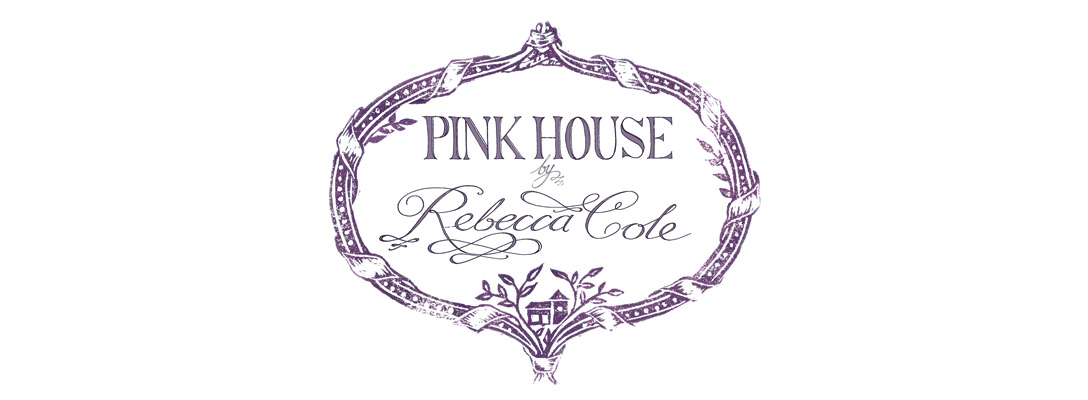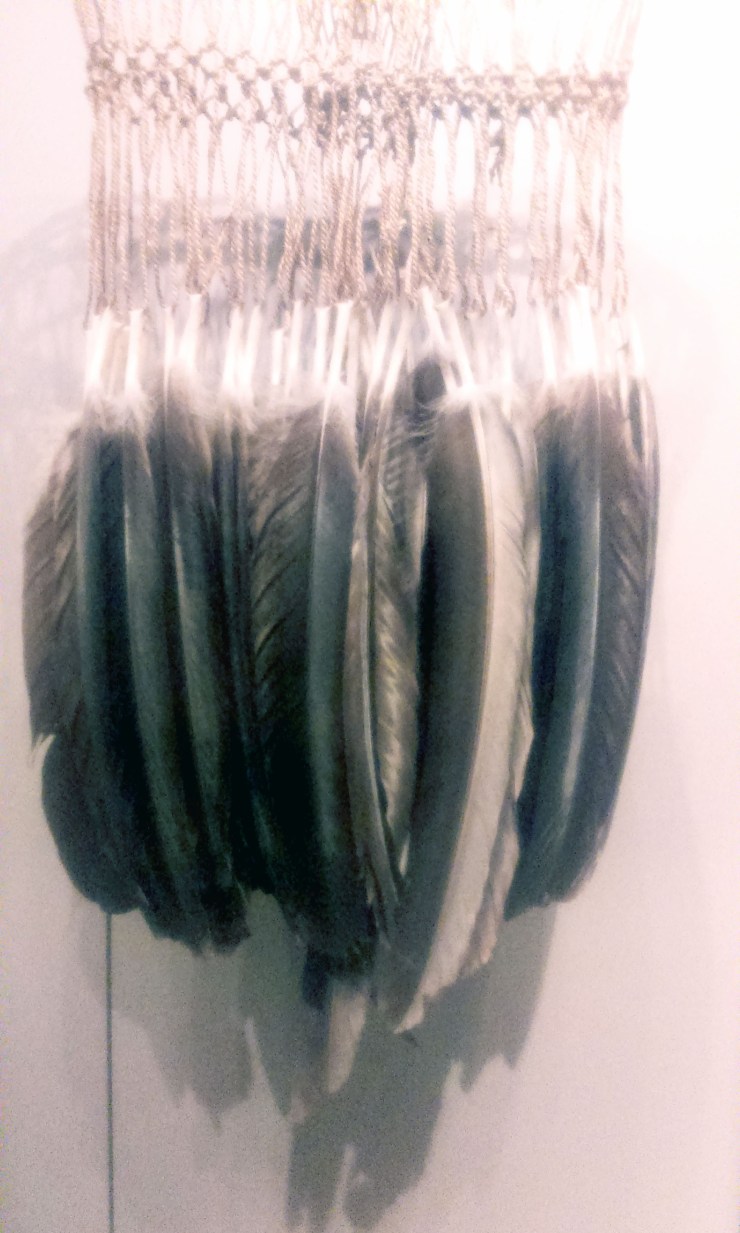I was recently invited to attend a lovely evening hosted by Poppy Szaybo, a textile artist and archivist at the London Metropolitan Archives near Mount Pleasant.
In all the many years I have lived in London, I am ashamed to admit having never visited the Archives before, and was delighted to find such a fantastic resource for historians, researchers and genaeologists, not to mention artists, who often neglect their intellectual stimulus in favour of practicalities of producing new artwork!
The theme of the evening was ‘Fancy costume – the art of dressing up” and the talk was given by Charlotte Hopkins who works for the archive. We were a small group of creative people all with a common interest in textiles and history.
The lecture took a long and sometimes sideways look at the fascinating subject of ‘dressing up’ and it’s traditions in European and English society, from the Pleasure Gardens of Vauxhall to photographs taken by students at the London College of Fashion in the 1970’s.
One of our primeval instincts, completely acceptable in childhood, but modified and subverted in adult life is the need to ‘dress-up’ or take on another transient identity for the pleasure of ‘pretend play’. The escapism and anonymity of dressing up burgeoned in the 17th and 18th centuries, becoming part of upper class social life, and often viewed at the time as a pathway to depraved behaviour. Aristocracy and high society families spent large sums on having beautiful costumes created, and there was a large industry of costume and mask makers in London. The lower and working classes were more inventive in their creations for dressing up opportunities,
The Lord Mayor of London hosted masquerade balls for the children of the professional classes, and no expense was spared in the creation of their children’s costumes.
The London Metropolitan picture archive’s online resource ‘Collage’ allows free access to thousands of the documents and images in the collection, and is a fascinating resource for historians and artists alike. Tiny snippets from historic documents are available to view on request, old newspapers, photographs and illustrations are a rich resource of inspiration and a little window into lives led in another era.

I loved the tiny catalogues of prices and business cards that had been taken out for us to handle, listing prices for ‘ladies undergarments’ and necessities !
We were lucky enough to be shown into the strong rooms of the archive, deep in the building.
Long corridors filled with shelves and files, all housed in custom made archival boxes, with one member of staff purely responsible for creating these custom made boxes! The wonderful aroma of ancient documents and slightly musty books pervades the space. What look like really old bound books are stacked on some shelves, but on closer inspection date back only to the 1950’s, maybe the mere fact of them being in this environment has given us a preconception of their antiquity!
London coroner’s court records are stored here, with files containing both the mundane and the macabre details of lives prematurely reaching their end. A sobering view as we peer into the corridors of files. Illustrations of dress design and fashions were displayed for us to see, and I was delighted to find plates of Leon Baskt illustrations amongst the pages of the London Illustrated News from 1913. Radical costumes for the time, unstructured and body hugging in comparison with contemporary fashions.
I could happily return (and probably will!) To explore more of this fantastic free resource, but leave you to explore either through the virtual portal of ‘Collage‘ or in person, do let me know if you find a treasure!


































